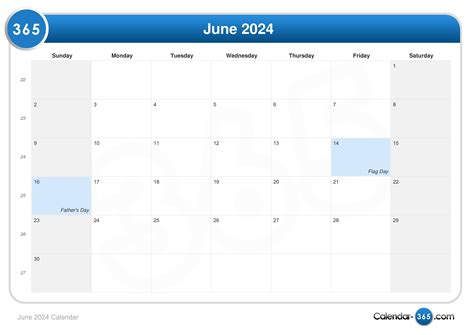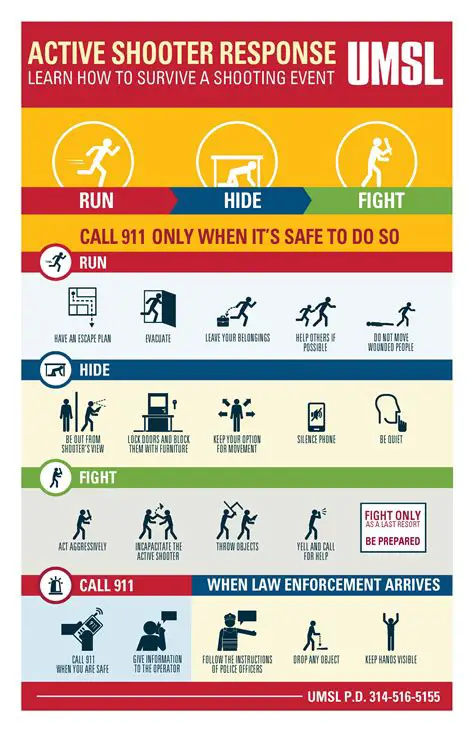Active shooter incidents in schools have become an alarming reality, with the tragic events of Columbine, Sandy Hook, and Parkland forever etched in our collective memory. To effectively prevent and respond to such threats, it is imperative for high schools to implement comprehensive active shooter response protocols. This manual serves as a comprehensive guide to empower schools with the knowledge and resources necessary to create and maintain a safe and secure learning environment.

Understanding the Threat
Statistics:
– According to the Center for Homeland Security and Defense, there were 23 reported active shooter incidents in K-12 schools in the United States from 2000 to 2022.
– The Federal Bureau of Investigation (FBI) reports that over 50% of active shooter incidents in schools between 2000 and 2020 took place in high schools.
Common Tactics and Behaviors:
– Active shooters typically target densely populated areas, such as classrooms, cafeterias, and hallways.
– They may use semi-automatic weapons, which can fire multiple rounds rapidly.
– Shooters often attempt to isolate victims, cutting off escape routes and preventing access to help.
Prevention Strategies
1. Establish a School Safety Plan:
– Develop a comprehensive school safety plan that includes specific protocols for active shooter incidents.
– Involve students, staff, and parents in the planning process to ensure a collaborative approach.
2. Conduct Safety Assessments:
– Regularly evaluate the school’s security measures and identify areas for improvement.
– Consider requesting support from local law enforcement or a security consultant.
3. Train and Educate Staff and Students:
– Provide annual training to staff and students on active shooter protocols, including lockdown procedures, evacuation routes, and reporting suspicious activity.
– Engage students in lockdown drills to familiarize them with the safety procedures.
4. Implement Physical Security Measures:
– Install security cameras and access control systems to monitor and restrict access to the school.
– Consider installing bullet-resistant windows and doors to enhance protection.
Response Protocols
1. Immediate Response:
– Upon receiving notification of an active shooter, immediately implement the lockdown protocol.
– Lock and barricade doors and windows.
– Turn off lights and silence all electronic devices.
2. Evacuation:
– If evacuation is safe and feasible, evacuate the school using designated routes.
– Follow instructions from law enforcement and school administrators.
3. Barricade:
– If evacuation is not possible, barricade yourself in a secure location.
– Place heavy furniture against doors and windows.
– Remain quiet and out of sight.
4. Counter-Attack (Last Resort)
– As a last resort, and only if directly threatened, students and staff may attempt to neutralize the shooter.
– Use improvised weapons and focus on injuring or disarming the shooter.
Recovery and Aftercare
1. Trauma Intervention:
– Provide immediate support for victims, witnesses, and their families.
– Establish a crisis hotline and connect individuals with mental health professionals.
2. School Reopening:
– Coordinate with law enforcement and security experts to ensure the school is safe before reopening.
– Provide ongoing support for students and staff, including counseling and academic assistance.
3. Review and Evaluation:
– Conduct a thorough review and evaluation of the active shooter incident response.
– Identify areas for improvement and make necessary adjustments to the safety plan and protocols.
Technology for Enhanced Safety
1. Lockdown Alert Systems:
– Implement a lockdown alert system that allows for rapid notification and communication during an incident.
– Consider using mobile applications or text-to-speech technology.
2. Smart Sensors:
– Install smart sensors in classrooms and hallways to detect gunshots or other suspicious activity.
– Integrate these sensors with lockdown systems to trigger an instant response.
3. Video Analytics:
– Employ video analytics technology to monitor school grounds and identify potential threats.
– Use artificial intelligence to detect weapons, unusual behavior, or suspicious packages.
Tables
| Table 1: Active Shooter Incident Statistics in High Schools (2000-2022) |
|—|—|
| Number of Incidents | 13 |
| Fatalities | 57 |
| Injuries | 114 |
| Table 2: Common Active Shooter Tactics and Behaviors |
|—|—|
| Target | Densely populated areas (classrooms, cafeterias, hallways) |
| Weapons | Semi-automatic weapons |
| Tactics | Isolation, cutting off escape routes, preventing access to help |
| Table 3: Physical Security Measures for Active Shooter Prevention |
|—|—|
| Measure | Description |
| Security Cameras | Monitor and record activity on school grounds |
| Access Control Systems | Restrict access to the school during non-school hours |
| Bullet-Resistant Windows and Doors | Enhance protection from gunfire |
| Table 4: Trauma Intervention Services for Active Shooter Victims and Witnesses |
|—|—|
| Service | Description |
| Crisis Hotline | Immediate emotional support and counseling |
| Mental Health Professionals | Long-term counseling and therapy |
| Support Groups | Peer support and shared experiences |
FAQs
1. What should I do if an active shooter is inside the school?
– Follow the school’s lockdown protocol (lock, barricade, evacuate).
2. What if I’m hiding and the shooter finds me?
– Remain quiet and still. As a last resort, attempt to neutralize the shooter.
3. How can I help prepare my child for an active shooter incident?
– Talk to your child about the school’s safety protocols and practice lockdown drills.
4. What should schools do to improve their active shooter response plans?
– Regularly review and update safety plans, train staff and students, and implement technology for enhanced safety.
5. What are the signs of a potential active shooter?
– Unusual behavior, threats of violence, isolation, and easy access to firearms.
6. What is the most important thing to remember in an active shooter situation?
– Stay calm, follow instructions, and prioritize your safety.
7. How can I support my community after an active shooter incident?
– Attend support events, donate to victims’ families, and advocate for improved school safety measures.
8. What resources are available to help me cope with the aftermath of an active shooter incident?
– Crisis hotlines, mental health professionals, and support groups can provide emotional support and guidance.
